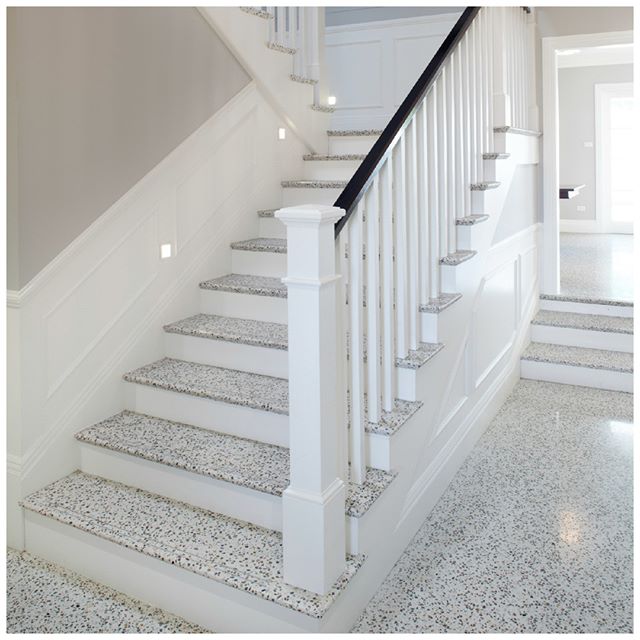When did sustainability become part of “design speak”? Sustainable practices have penetrated different design practices in different phases. The architecture world in the United States, for example, started talking about sustainable practices when a Kansas City architect named Bob Berkebile tried to introduce the idea of doing more, as architects, to save the planet. This led to the proposition to establish a committee that advocates ways of making the profession more eco-friendly.
Interior designing can contribute greatly in achieving less emissions, less carbon footprint in designing spaces and buildings. So how do interior designers contribute to achieving sustainability?
1. Maximize energy-efficient lighting, heating and cooling systems
The most sensory-impacting elements of interior design is lighting and temperature within the space. Interior designers are continuously upping the game when it comes to maximizing natural light for spatial illumination and natural wind and air patterns for ventilation. Heating and cooling systems for different climates and temperatures across Australia impact the greater environment. So interior designers contribute by using techniques that maximize natural light as long as it’s availabl, controlling temperatures with venilation and sustainable materials.
2. Choosing materials with lowest environment consumption
Terrazzo stone, for example, has been one of the most preferred flooring materials for years because of its main composition, coming from recycled aggregates. Along with other materials such as wood or other natural stones, interior designers can choose materials that are easier to source, close to the construction site for easy transport, and are renewable. For example, interior designers can choose bamboo to accentuate the walls to match a light brown and white terrazzo flooring for retail space. Both materials are sustainable and easier on the environment.
3. Designing for durability
With almost everything instantly replaceable these days, from cupboard handles, to sink tiles, to faucets and pipes, or curtain rods, it is tempting to design to achieve quick flexibility with disposable materials. Designing for durability means prolonging the lifespan of the structure, minimizing maintenance, and keeping the original structure with lowest frequency of maintenance possible.
Sustainable design is not an “option” anymore, it is a must. Building design and construction stakeholders must work together towards achieving sustainability in every project and every space.

